Top speed 240 km/h Cruise speed 220 km/h Wingspan 12 m Manufacturer Bell Helicopter | Range 600 km Weight 2,066 kg Engine type Lycoming LTS101 | |
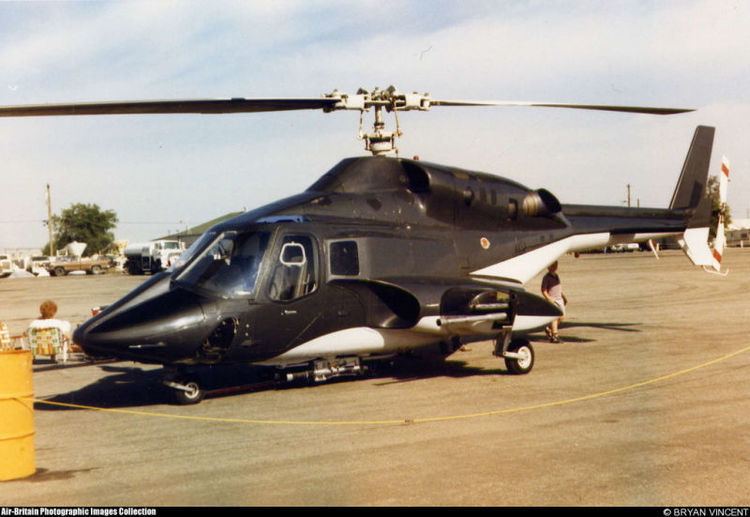 | ||
Rc scale airwolf bell 222 model helicopter raron 2016
The Bell 222 is an American twin-engine light helicopter built by Bell Helicopter. The Bell 230 is an improved development with different engines and other minor changes. A cosmetically modified version of the 222 was used as the titular aircraft in the American television series Airwolf.
Contents
- Rc scale airwolf bell 222 model helicopter raron 2016
- Bell 222 airwolf model helicopter
- Origins
- Improved versions
- Design
- Variants
- Operators
- Specifications
- Notable appearances in media
- References
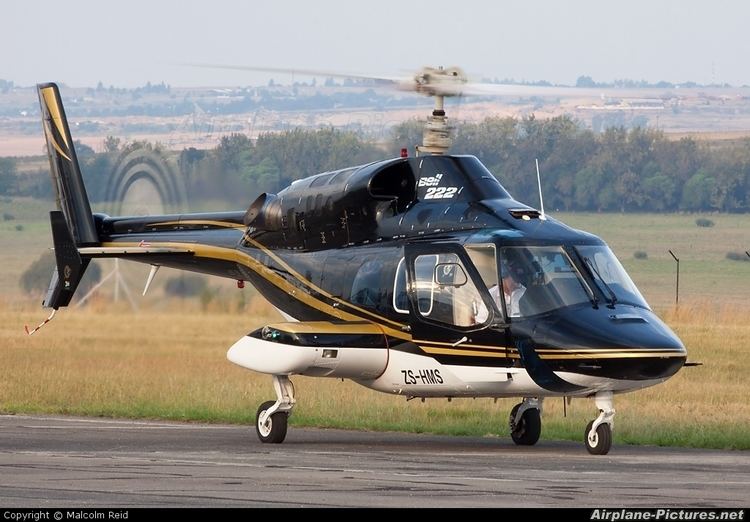
Bell 222 airwolf model helicopter
Origins
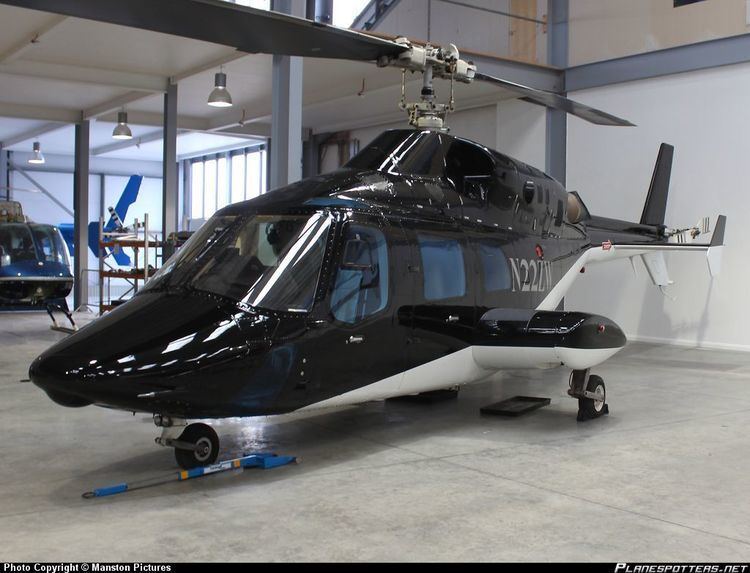
In the late 1960s, Bell began designing a new twin-turbine engine light helicopter. A mockup of the new helicopter was displayed in January 1974 at a helicopter convention. Following interest at the convention the company announced the new Bell 222. It was the first light commercial twin-turbine helicopter developed in the United States.
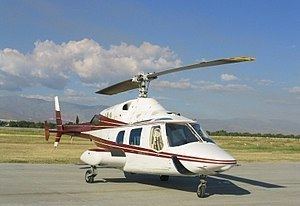
The Bell 222 incorporated a number of advanced features including dual hydraulic and electrical systems, sponsons housing the retractable landing gear, and the Noda Matic vibration reduction system developed for the Bell 214ST.
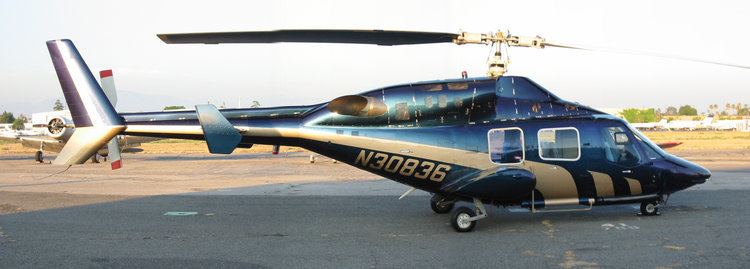
Manufacturing began in 1975. The Model 222 first flew on August 13, 1976. It received certification from the Federal Aviation Administration (FAA) on August 16, 1979 and was approved for visual flight rules (VFR) use on December 20, 1979. Helicopter deliveries began on January 16, 1980. The FAA approved the 222 for single-pilot instrument flight rules (IFR) operation on May 15, 1980.
Improved versions
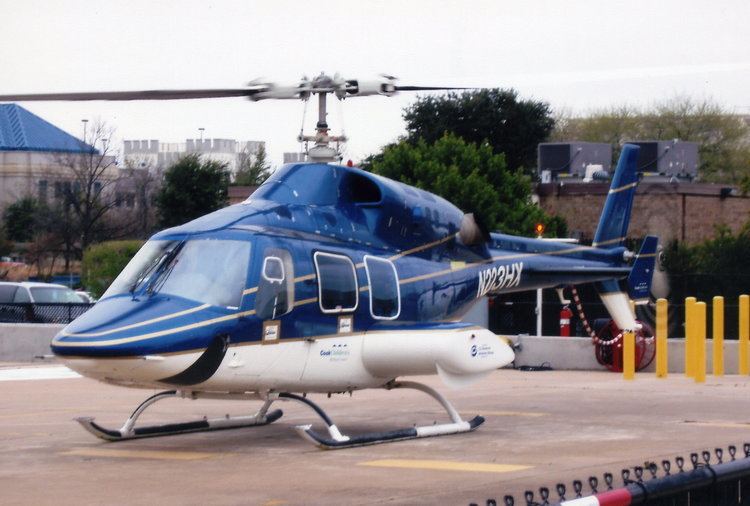
The more powerful Bell 222B was introduced in 1982 with a larger diameter main rotor. The 222B-based Bell 222UT Utility Twin, with skid landing gear, was introduced in 1983.
A development of the 222 is the Bell 230, with the 222's LTS 101 engines replaced by two Allison 250 turboshafts, plus other refinements. A converted 222 first flew as the prototype 230 on August 12, 1991. Transport Canada awarded certification in March 1992, and the first production 230 was delivered that November. The 230 had optional skid or wheel undercarriage. Production ended in 1995 with 38 having been built, being replaced in Bell's lineup by the stretched, more powerful Bell 430.
Design
The design includes two main rotor blades of stainless-steel-fiberglass construction and rotor hub with elastomeric bearings, which are lubricant free. Its cabin holds a maximum of ten persons with one-two pilots and eight-nine passengers. Seating configurations include standard seating for a pilot and seven passengers; or executive seating with one-two pilots and seating for five-six. The Bell 222 and 230 are usually flown single-pilot (optional dual controls are available), and can be configured for corporate/executive, EMS or utility transport missions.
The Bell 222 helicopter operates using two Lycoming/Honeywell LTS101-650 turboshaft engines, each capable of 592 shaft horsepower. Subsequent models of the 222 series received enhancements, including more potent engines. The engines achieve their rated output at 9,598 revolutions per minute. Power is transferred from the engines to the transmission via two separate driveshafts. Distinctively, the LTS engines of the Bell 222 feature exhaust stacks positioned at the engines' rear, contrasting with the Bell 230's Allison engines, where exhaust stacks are placed higher on the cowling. Fuel is stored in three tanks, one in the fuselage and one in each sponson. The main rear landing gear retracts into the sponsons.
The Bell 222's rotor systems include:
Variants
Operators
The Bell 222 has seen service with a large number of civil operators, but only limited military service.
Specifications
Sources: Airliners.net, Helicopterdirect, Others
Notable appearances in media
The Bell 222 is widely known from the television series Airwolf, where a modified 222A was featured. Bell 222s have also made a variety of background appearances in film, television, and computer games.
